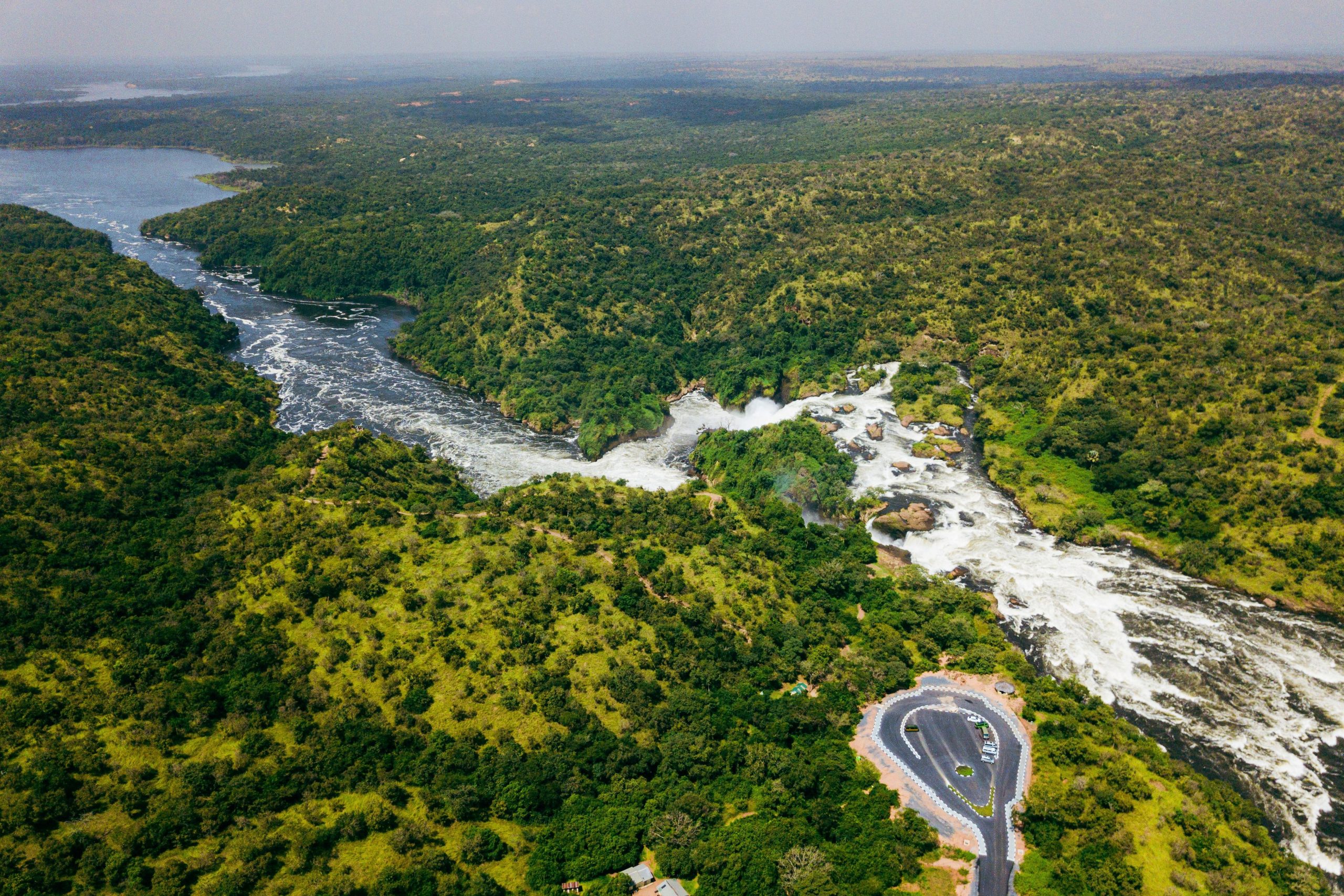Exploring the Rich Biodiversity of Murchison Falls National Park, Uganda
Murchison Falls National Park Biodiversity Gem. Murchison Falls National Park, located in northwestern Uganda, is the largest national park in the country, covering an area of about 3,840 square kilometers. The park is named after the breathtaking Murchison Falls, where the mighty Nile River forces its way through a narrow gorge, creating a spectacular waterfall.
The park is renowned for its diverse and abundant wildlife, offering visitors the opportunity to experience the beauty of the African savannah and the richness of its ecosystems. Here’s a detailed exploration of the wildlife found in Murchison Falls National Park:
Mammals:
Murchison Falls National Park is home to a wide variety of mammals, both large and small. The park boasts one of the highest concentrations of wildlife in Uganda.
Elephants: The Park is famous for its large elephant population, and visitors can witness these majestic creatures roaming freely in their natural habitat.
Lions: Murchison Falls is home to a healthy population of lions. Visitors may encounter them during game drives through the park, particularly in the northern sector.
Leopards: While more elusive, leopards also inhabit the park. They are primarily nocturnal, making them a thrilling find for those on night safaris.
Buffaloes: Large herds of buffaloes can be seen grazing on the savannah plains. They are a common sight, often found near water sources.
Giraffes: Rothschild’s giraffes, a rare and endangered subspecies, can be found in the park. These giraffes have distinctive markings and are a delight to observe.
Antelopes: Various antelope species, including Uganda Kob, hartebeest, and oribi, inhabit the park. Their graceful movements and social behaviors make them fascinating to watch.
Hippopotamuses: The Nile River in Murchison Falls National Park is home to numerous hippos. Boat safaris along the river offer close encounters with these massive and semi-aquatic mammals.
Cheetahs: Although less common, cheetahs are present in the park. They are known for their speed and agility, making them exciting to spot during game drives.
Birds:
Murchison Falls National Park is a haven for bird enthusiasts, boasting over 450 bird species. The park’s diverse habitats, including riverbanks, grasslands, and woodlands, provide a rich environment for birdlife.
Shoebill Stork: This large and prehistoric-looking bird is a highlight for birdwatchers. The park’s swamps and wetlands are ideal habitats for the elusive shoebill.
African Fish Eagle: With its distinctive cry, the African Fish Eagle is a common sight along the Nile River. These birds of prey are skilled hunters and often seen perched near water.
Yellow-billed Oxpecker: These birds are commonly found on the backs of large mammals, acting as cleaners by feeding on ticks and other parasites.
Goliath Heron: This large and striking heron can be spotted along the riverbanks, patiently waiting for its next meal.
Secretary Bird: Known for its distinctive appearance and long legs, the secretary bird is a terrestrial bird of prey that can be found in the grasslands of the park.
Reptiles and Amphibians:
Murchison Falls National Park is also home to a variety of reptiles and amphibians, adding to the park’s overall biodiversity.
Nile Crocodile: The Nile River harbors a population of Nile crocodiles. These powerful predators are often seen basking in the sun along the riverbanks.
African Rock Python: This large snake species is present in the park and is well-adapted to the rocky terrain.
Agama Lizards: Colorful agama lizards are commonly seen sunbathing on rocks and trees. Their vibrant hues add to the park’s visual appeal.
Frogs and Toads: The park’s wetlands and water bodies are home to various species of frogs and toads, contributing to the park’s diverse ecosystem.
Vegetation:
The vegetation in Murchison Falls National Park is diverse, ranging from savannah grasslands to Riverine forests. The variety of plant life contributes to the overall health of the ecosystem, providing food and shelter for the park’s wildlife.
Acacia Trees: The savannah is dotted with acacia trees, a characteristic feature of African landscapes. These trees provide shade for animals and serve as a food source for several herbivores.
Riverine Forests: Along the banks of the Nile River, dense riverine forests thrive. These areas are important habitats for various bird species and provide a scenic backdrop to boat safaris.
Savannah Grasslands: The vast savannah grasslands of the park support a wide range of herbivores and offer excellent visibility for game viewing.
Conservation Efforts – Murchison Falls National Park Biodiversity Gem
Conservation efforts in Murchison Falls National Park are crucial for maintaining the delicate balance of its ecosystems and preserving its rich biodiversity. Anti-poaching patrols, community engagement programs, and sustainable tourism practices are implemented to ensure the long-term survival of the park’s wildlife.
Visitors to Murchison Falls National Park can contribute to conservation efforts by following ethical tourism guidelines, supporting local communities, and being environmentally conscious during their stay.
Remarks – Murchison Falls National Park Biodiversity Gem
In conclusion, Murchison Falls National Park in Uganda is a treasure trove of biodiversity, offering a remarkable safari experience with its diverse wildlife, stunning landscapes, and vibrant ecosystems. Conservation efforts are essential to safeguard this natural wonder for future generations, ensuring that Murchison Falls remains a haven for both wildlife and nature enthusiasts alike.








